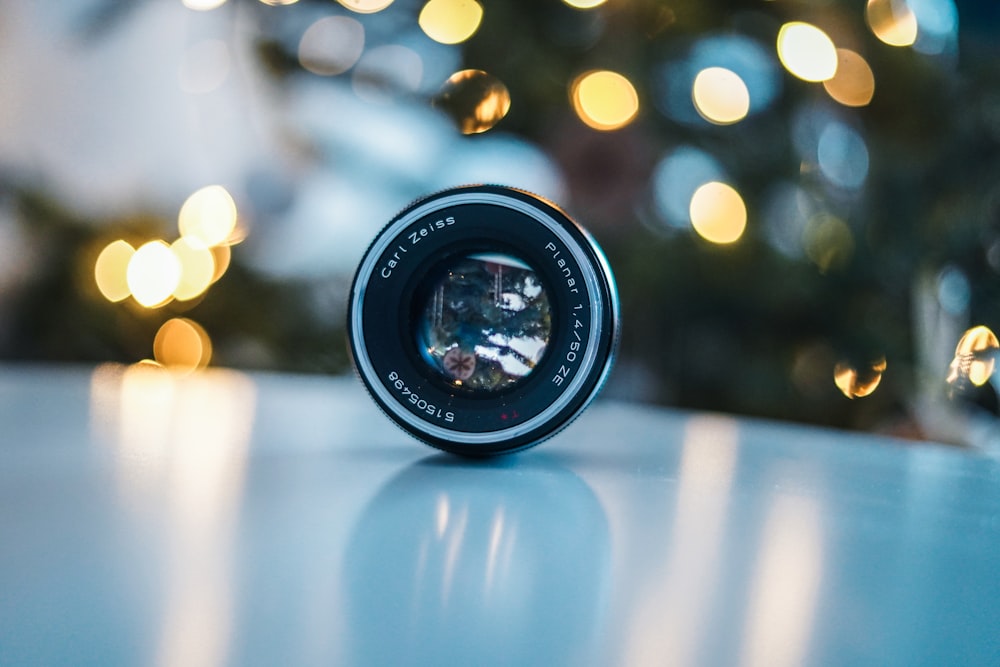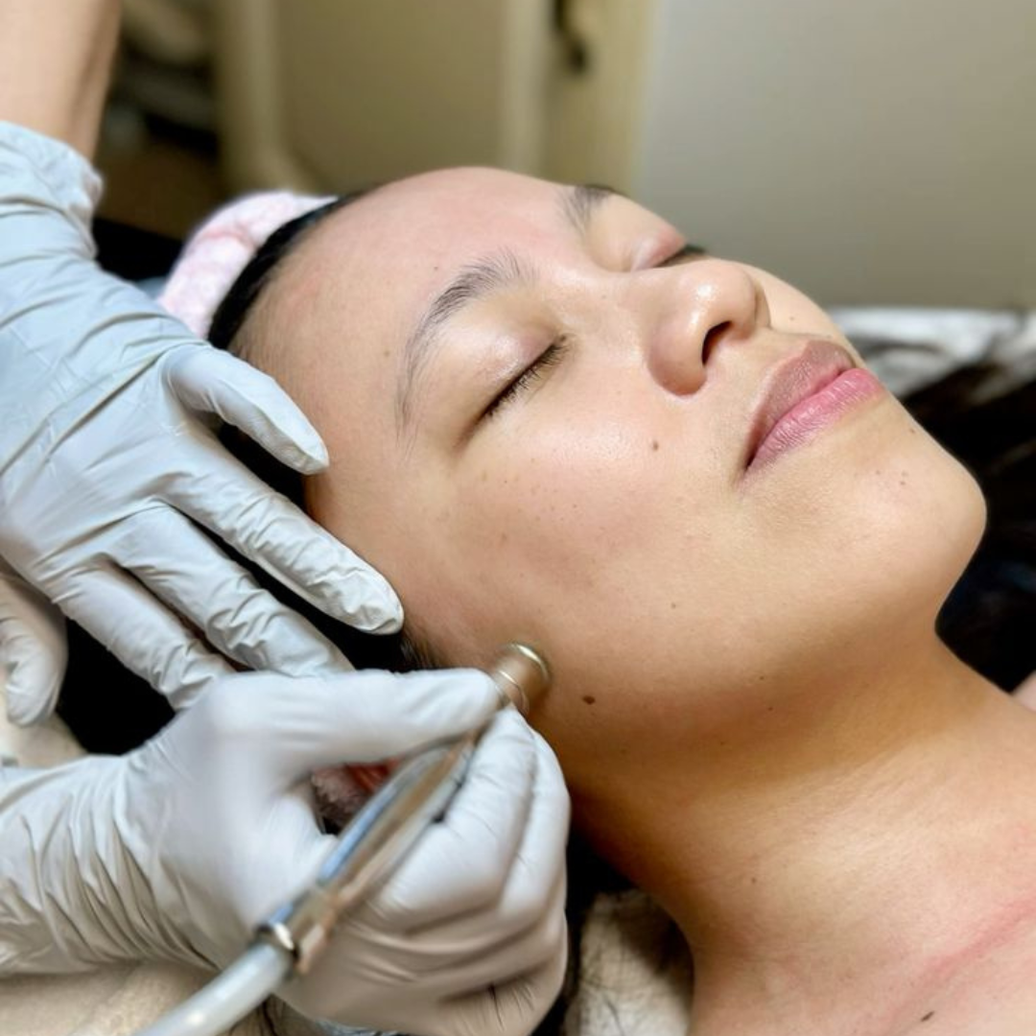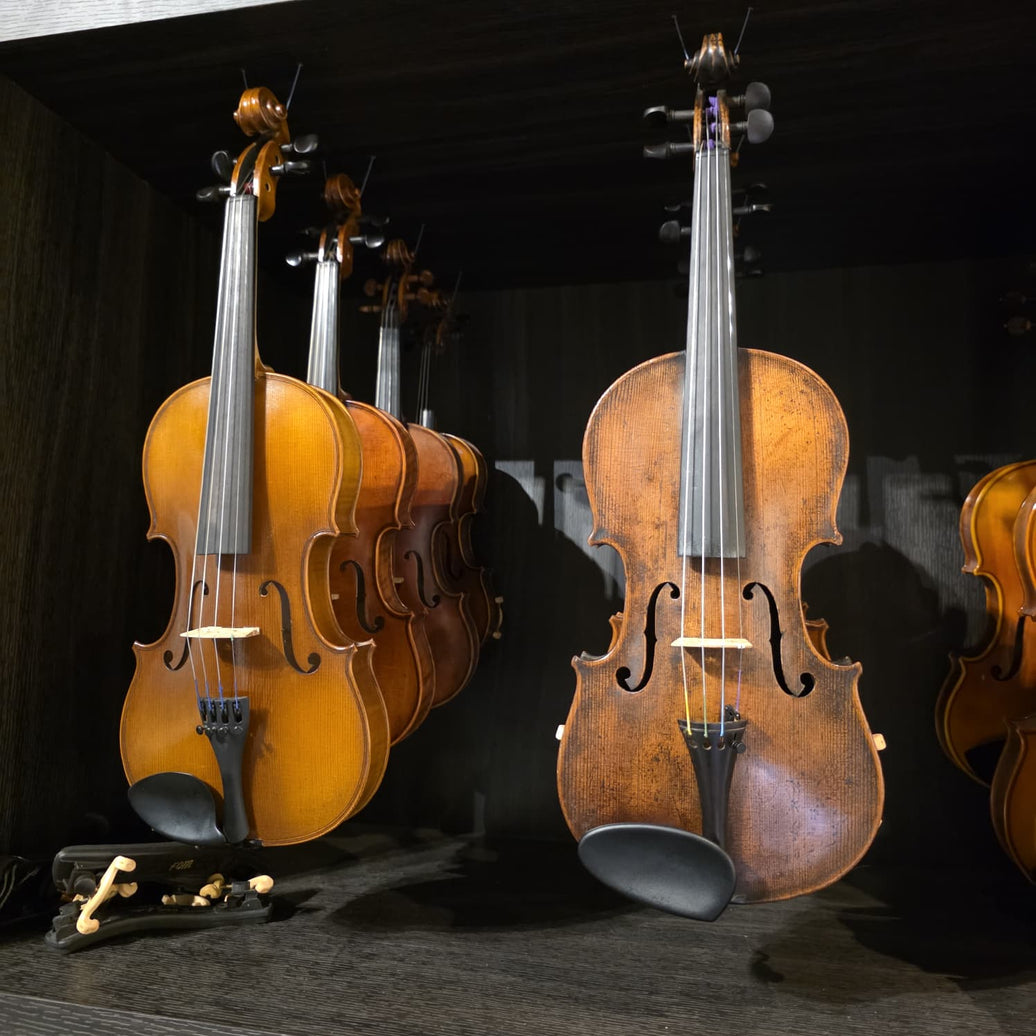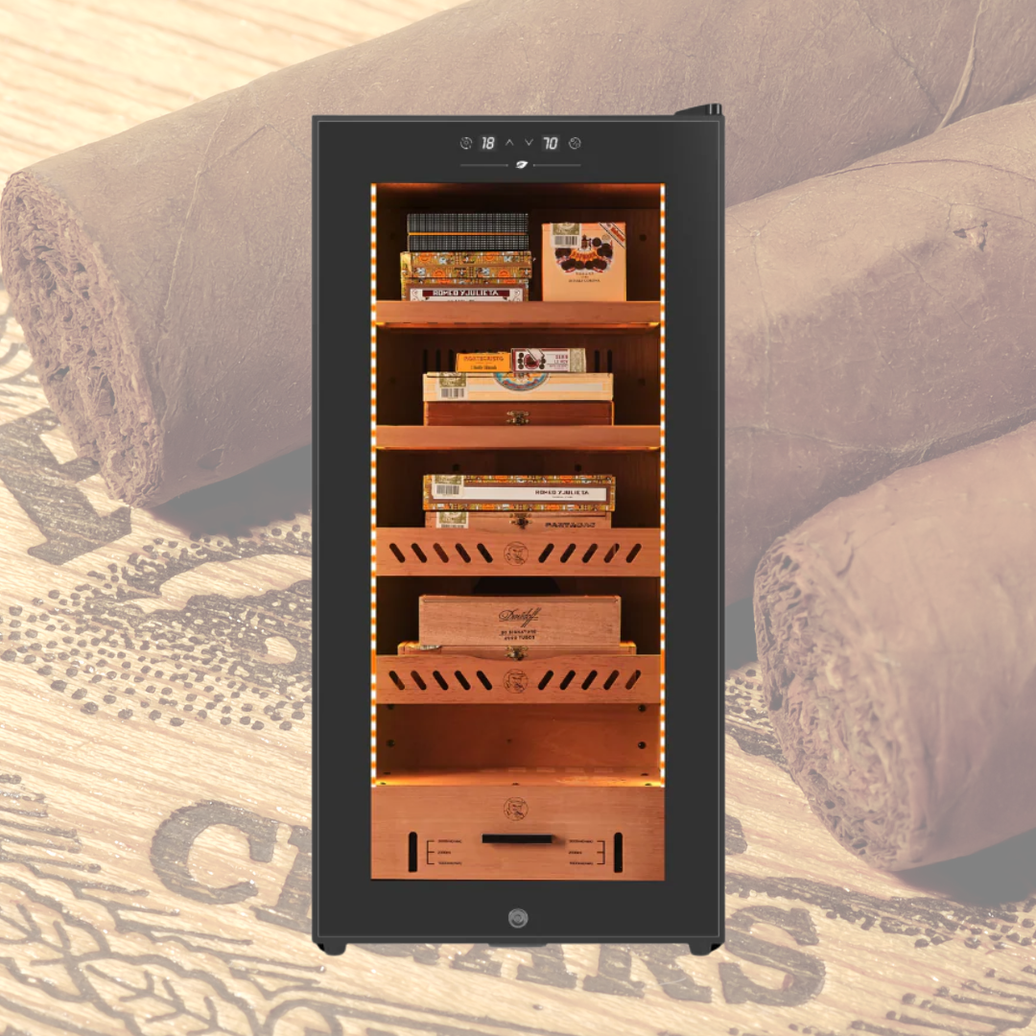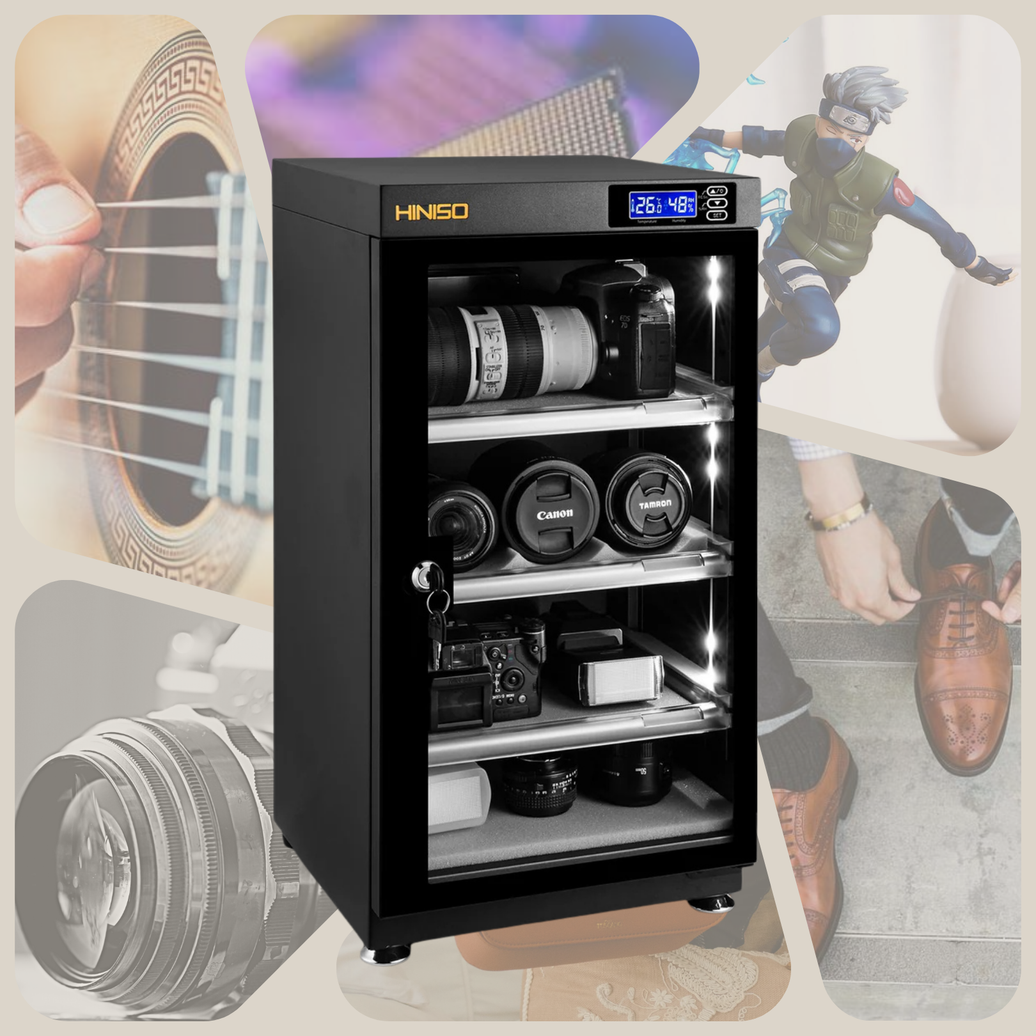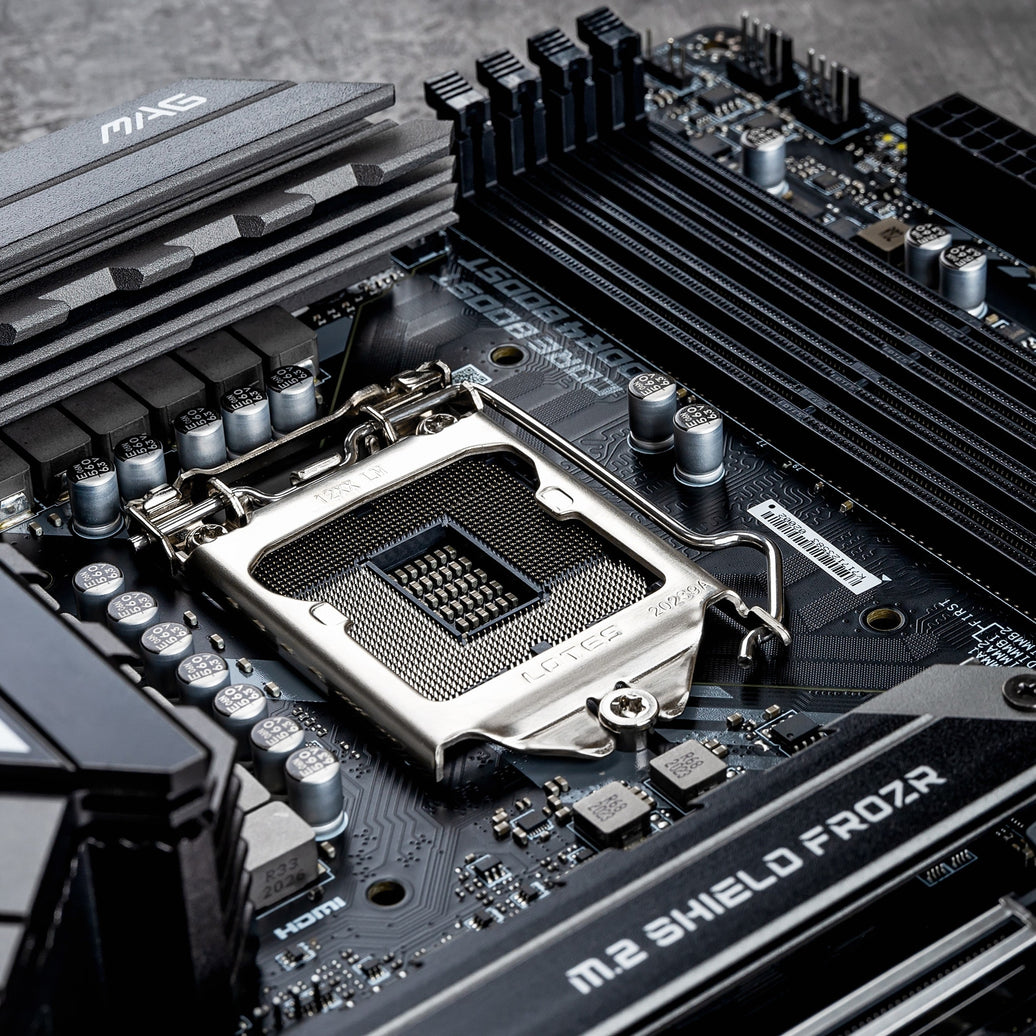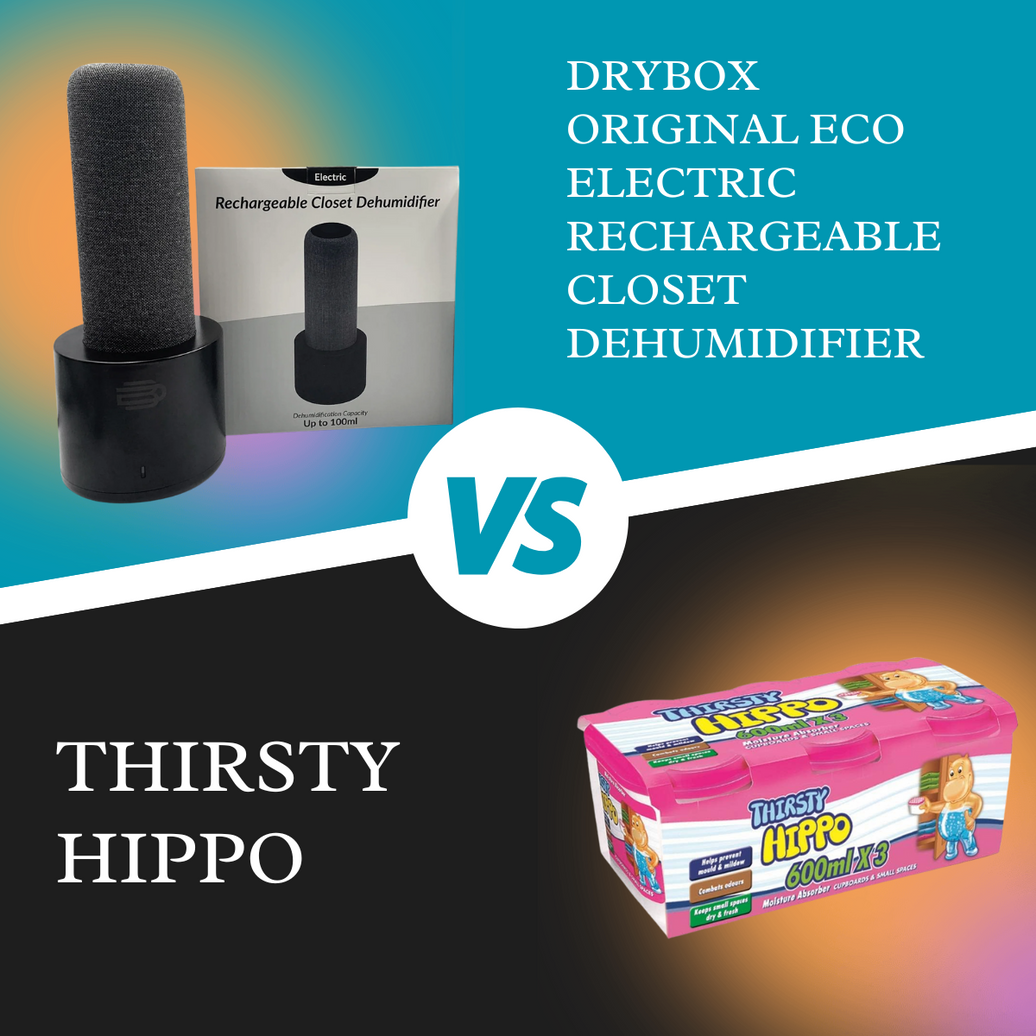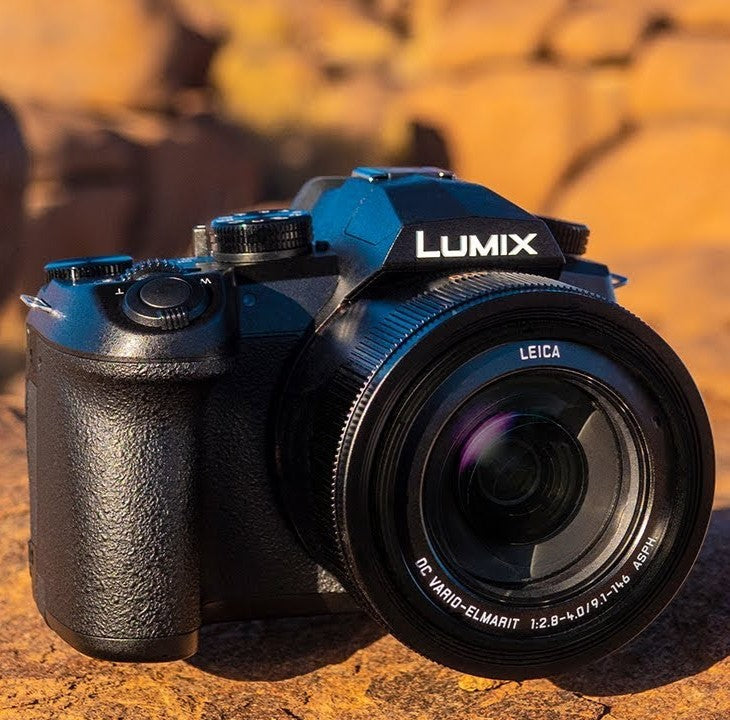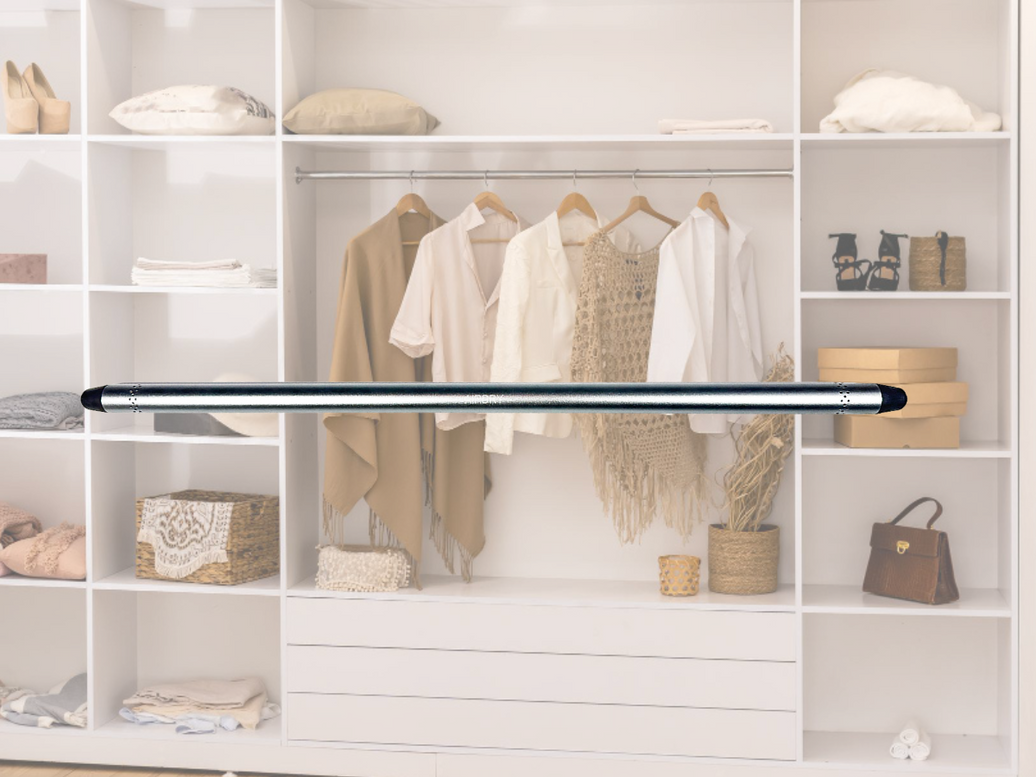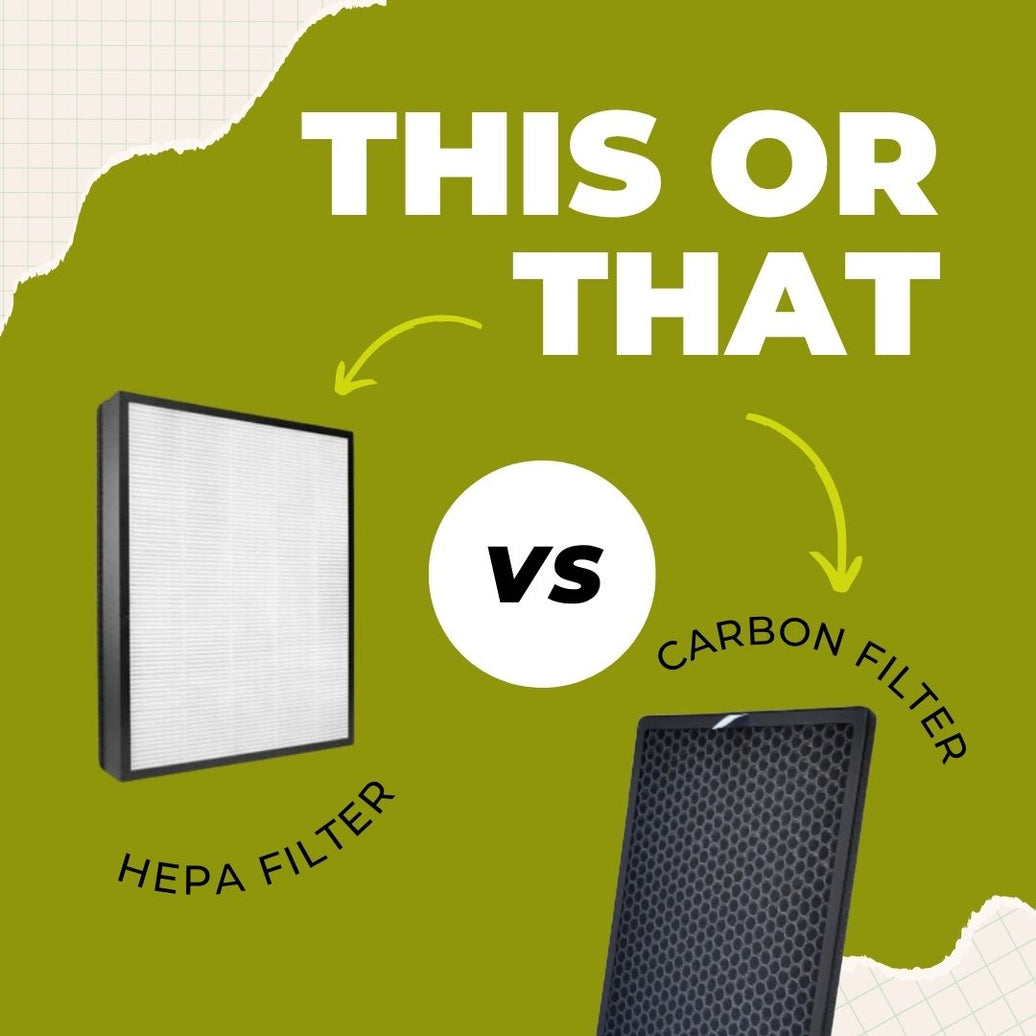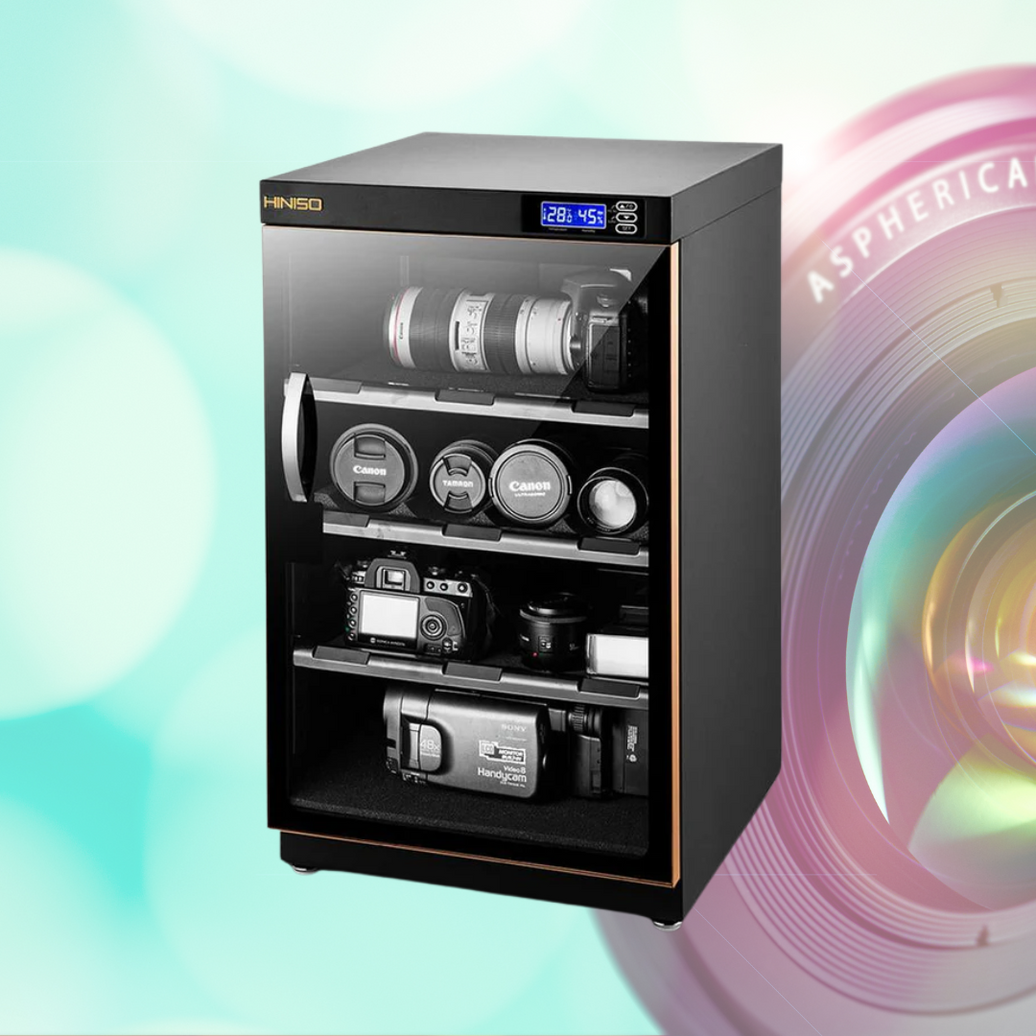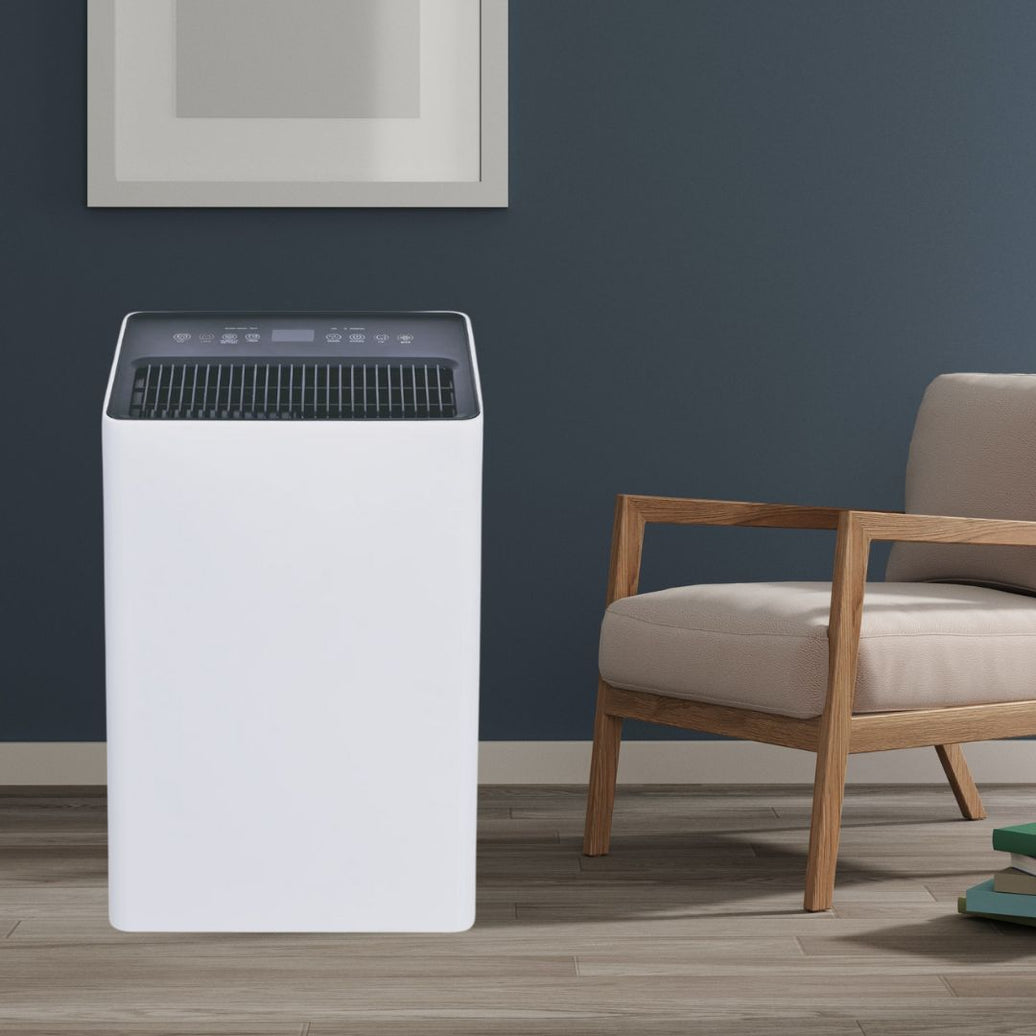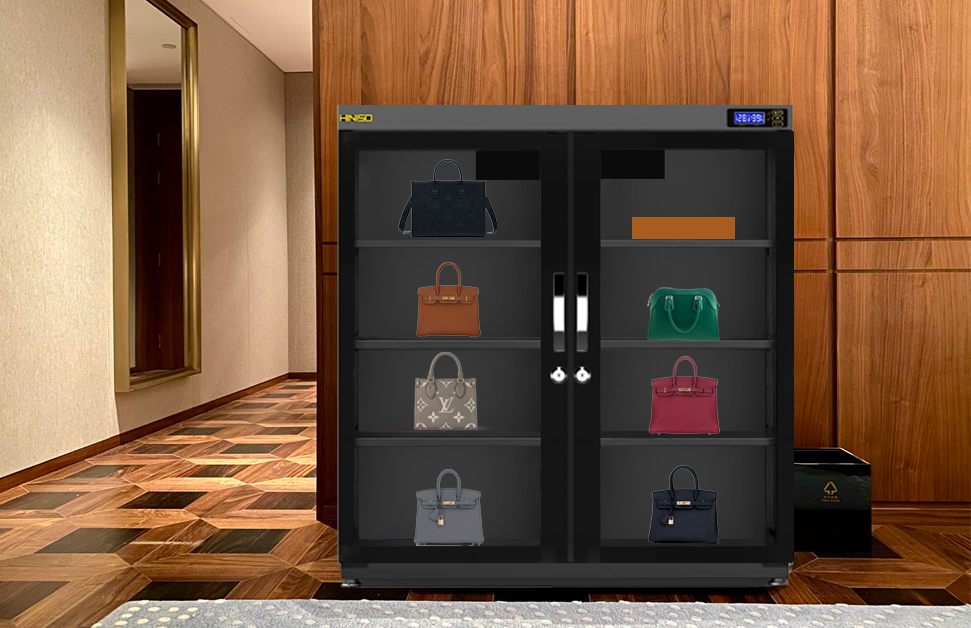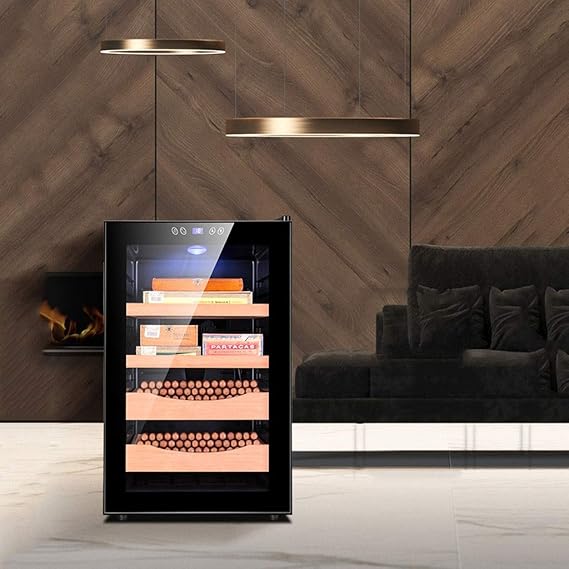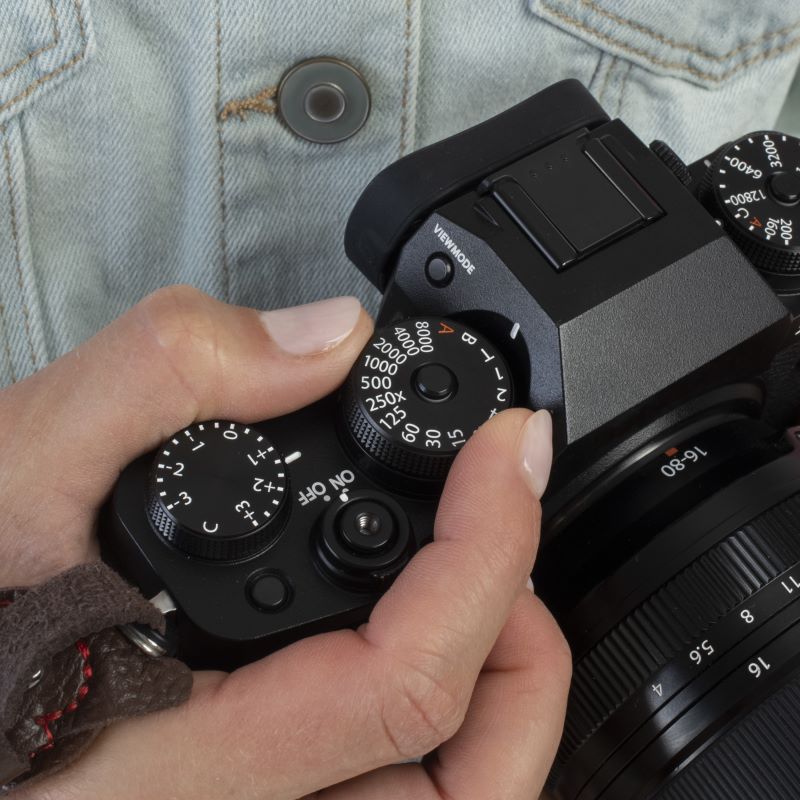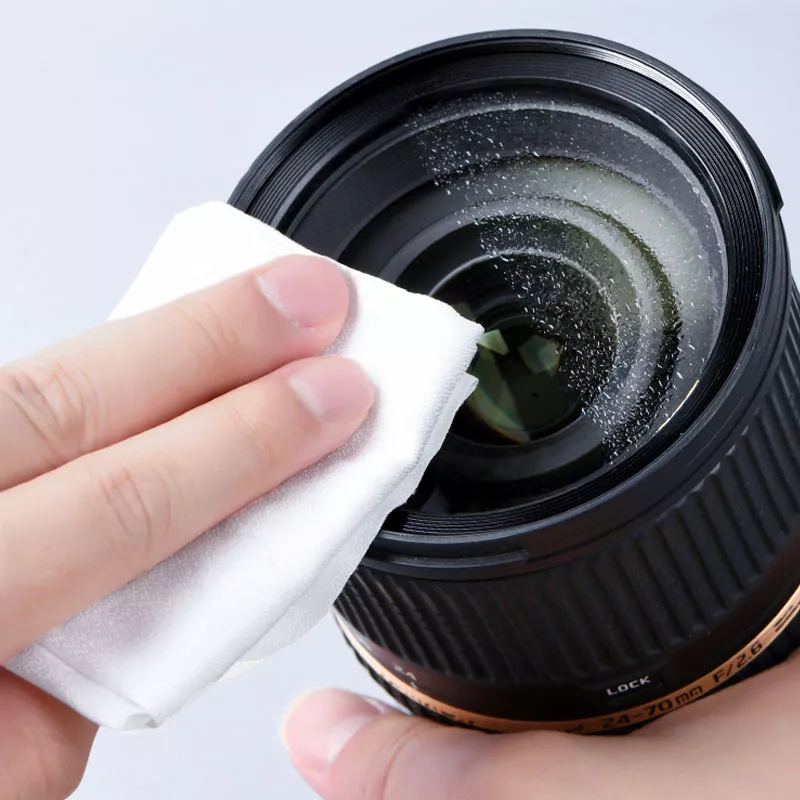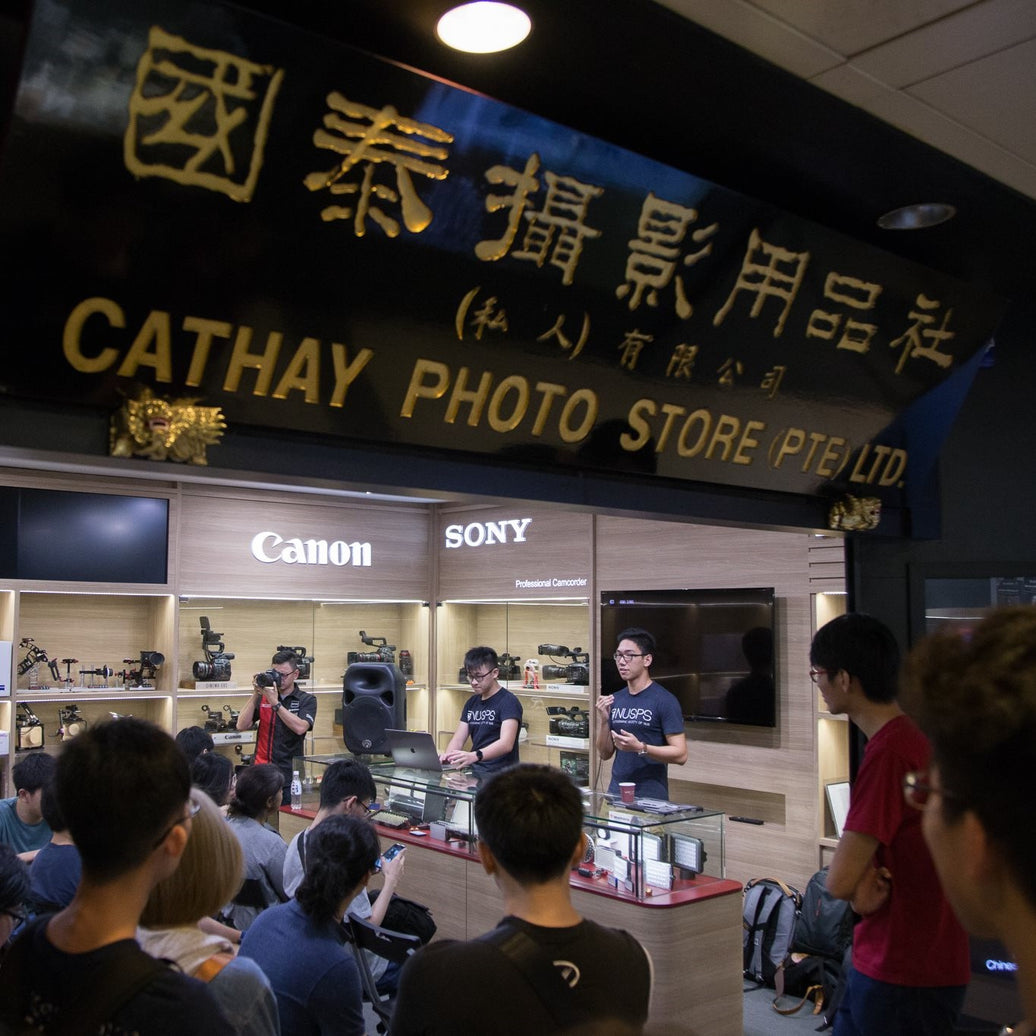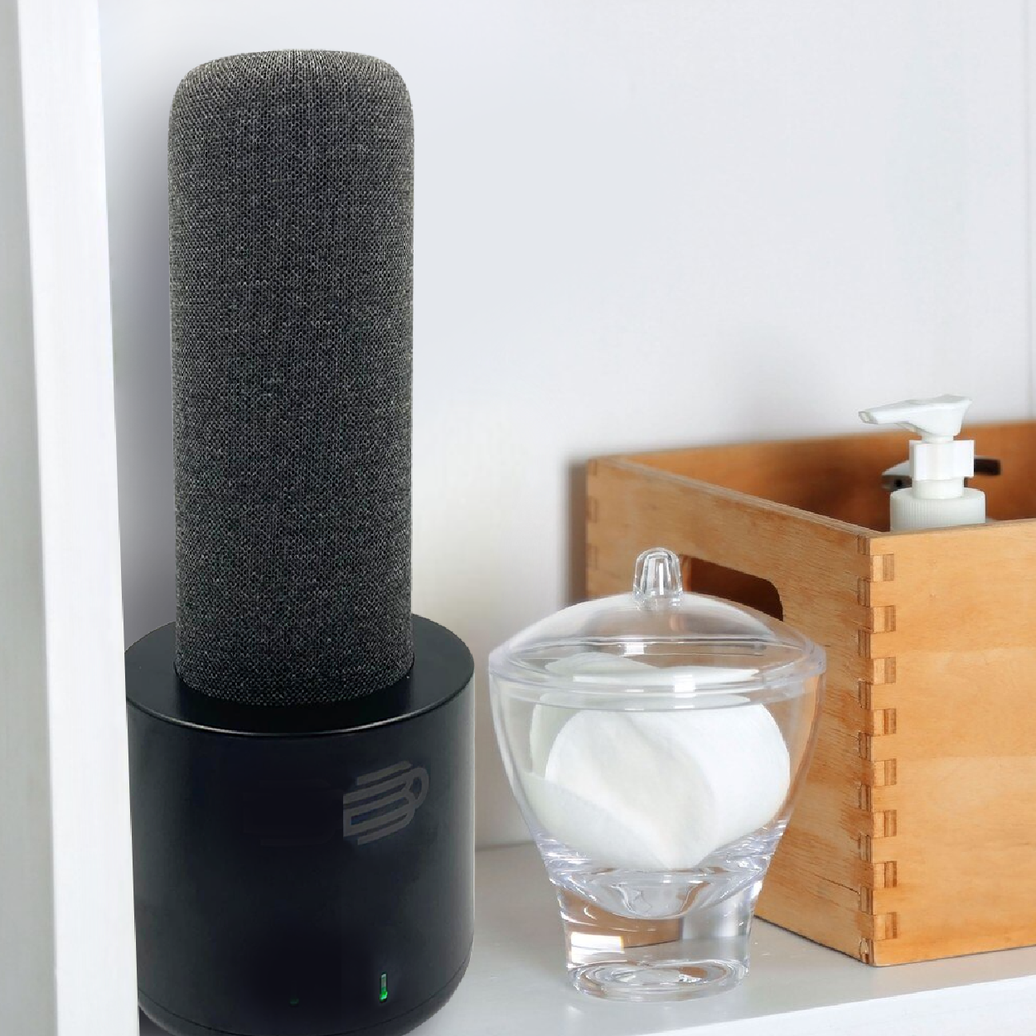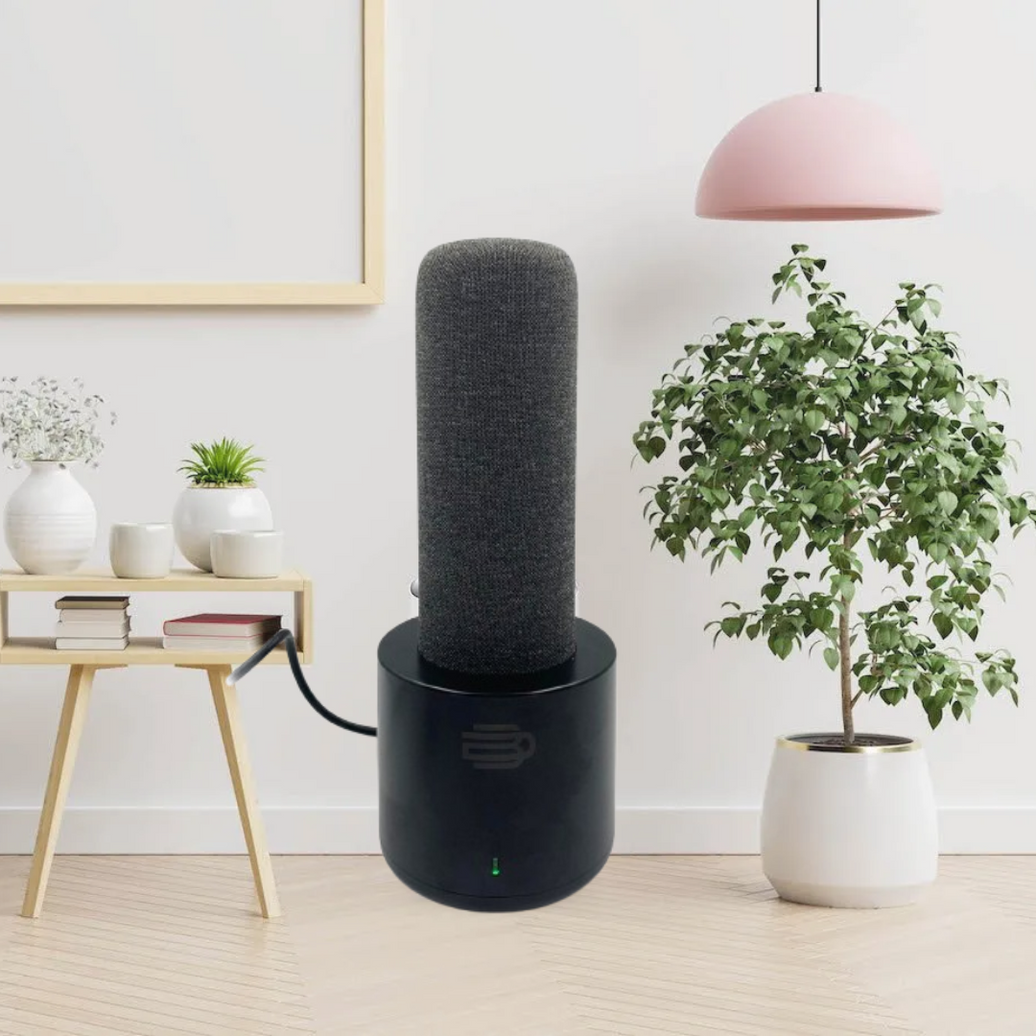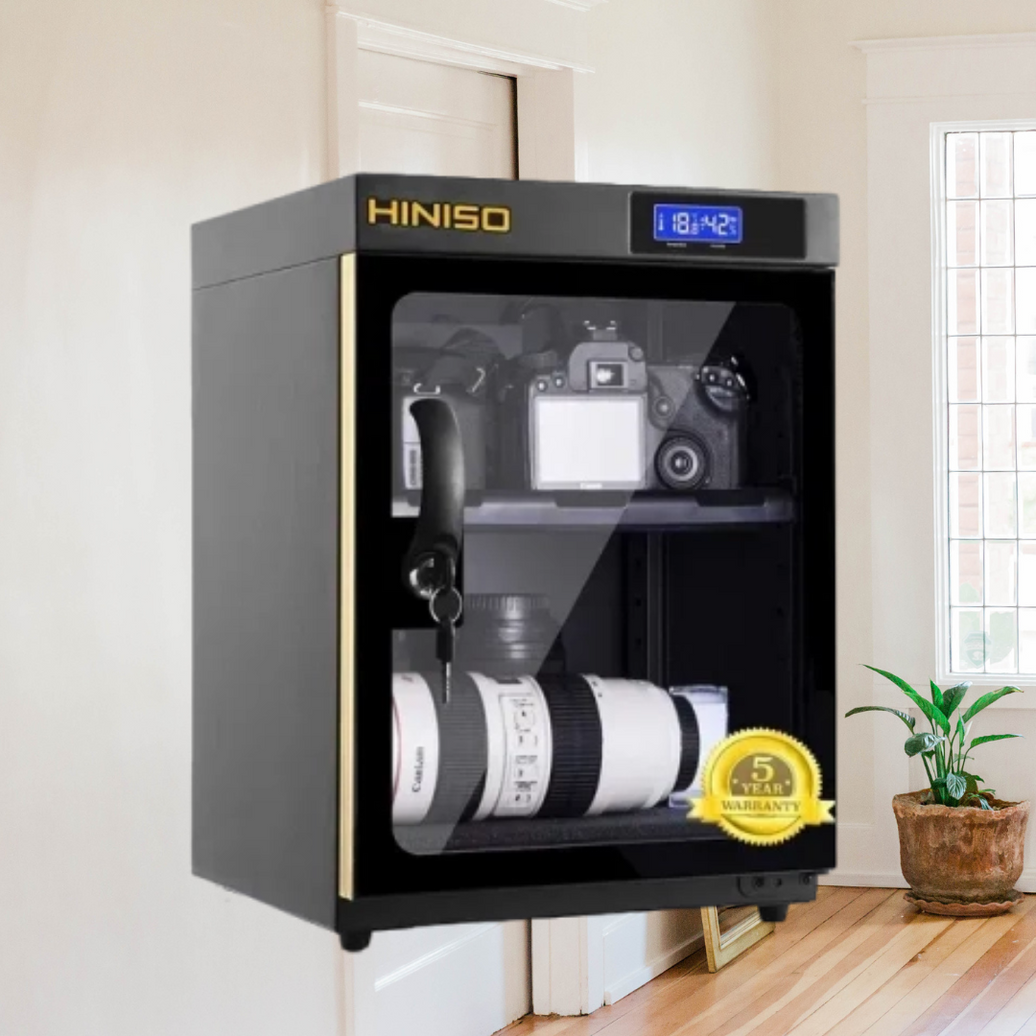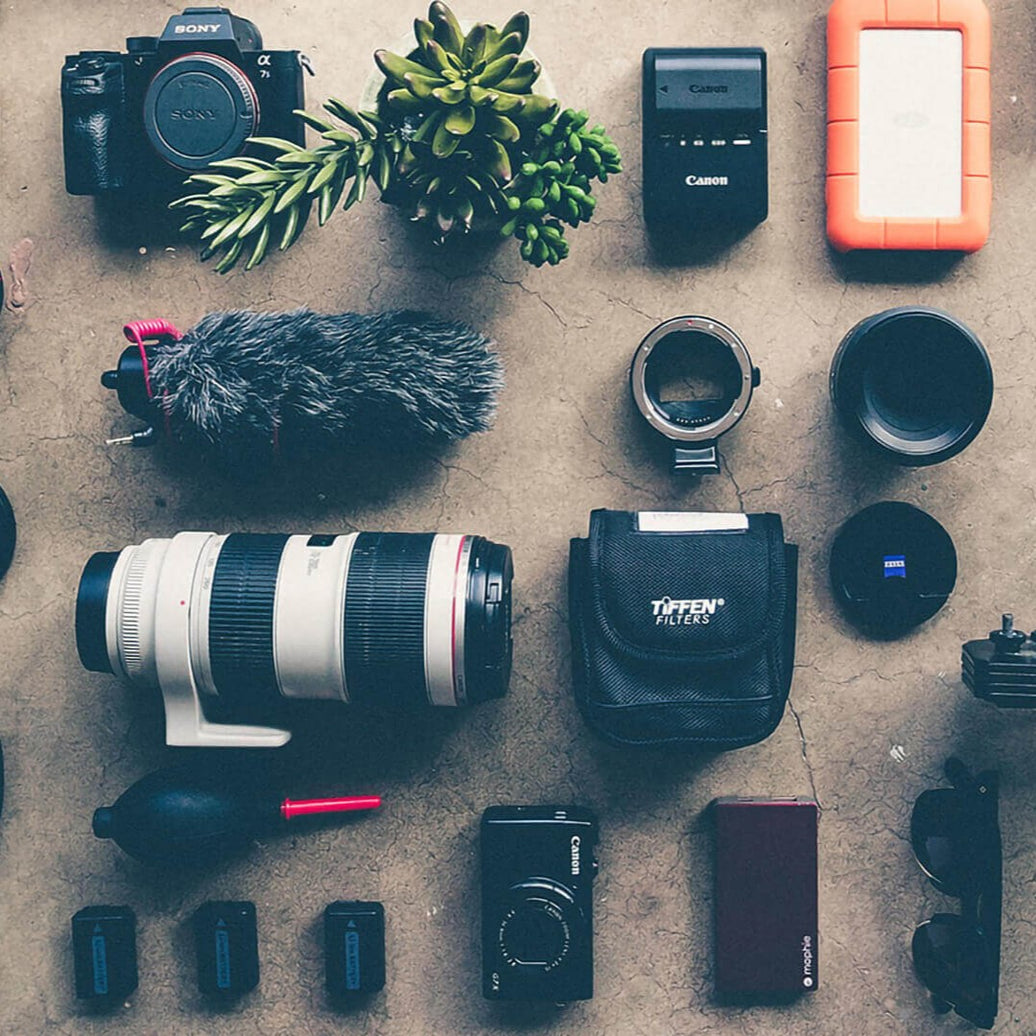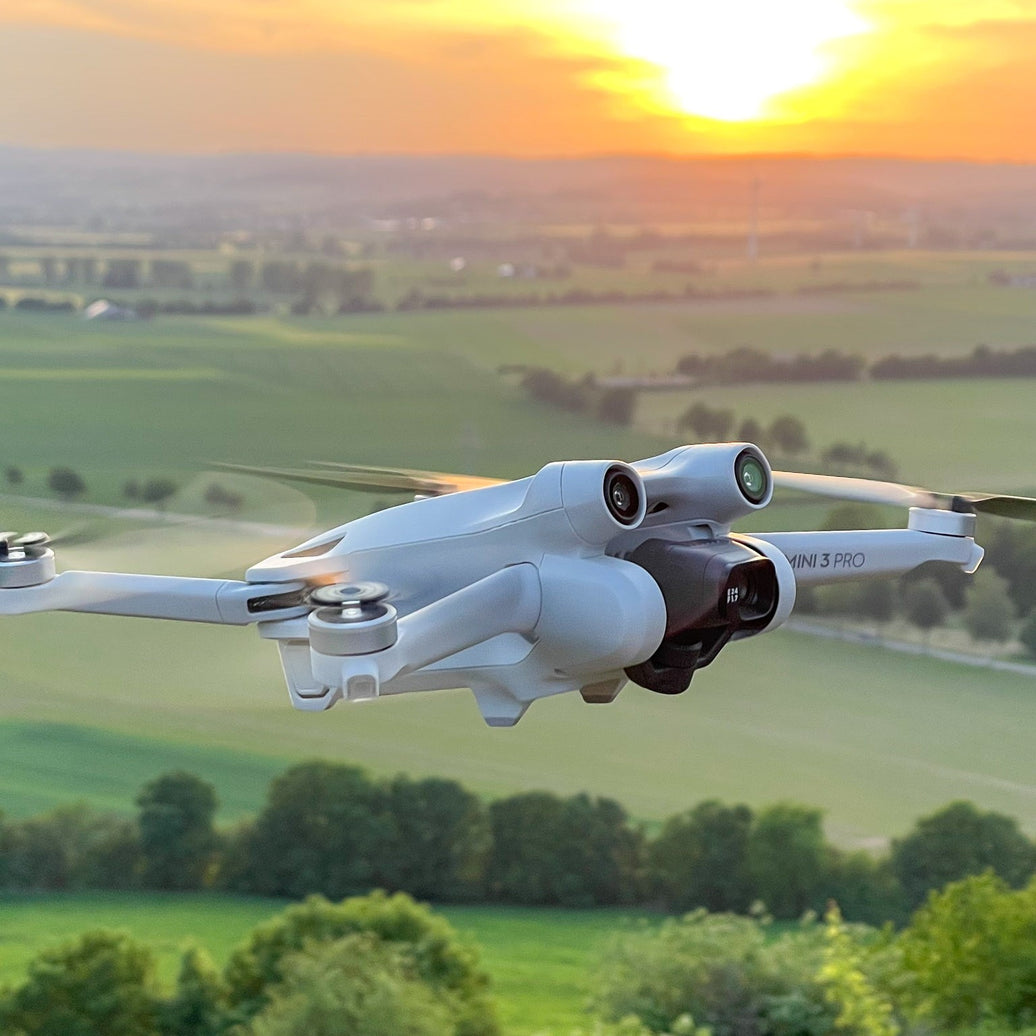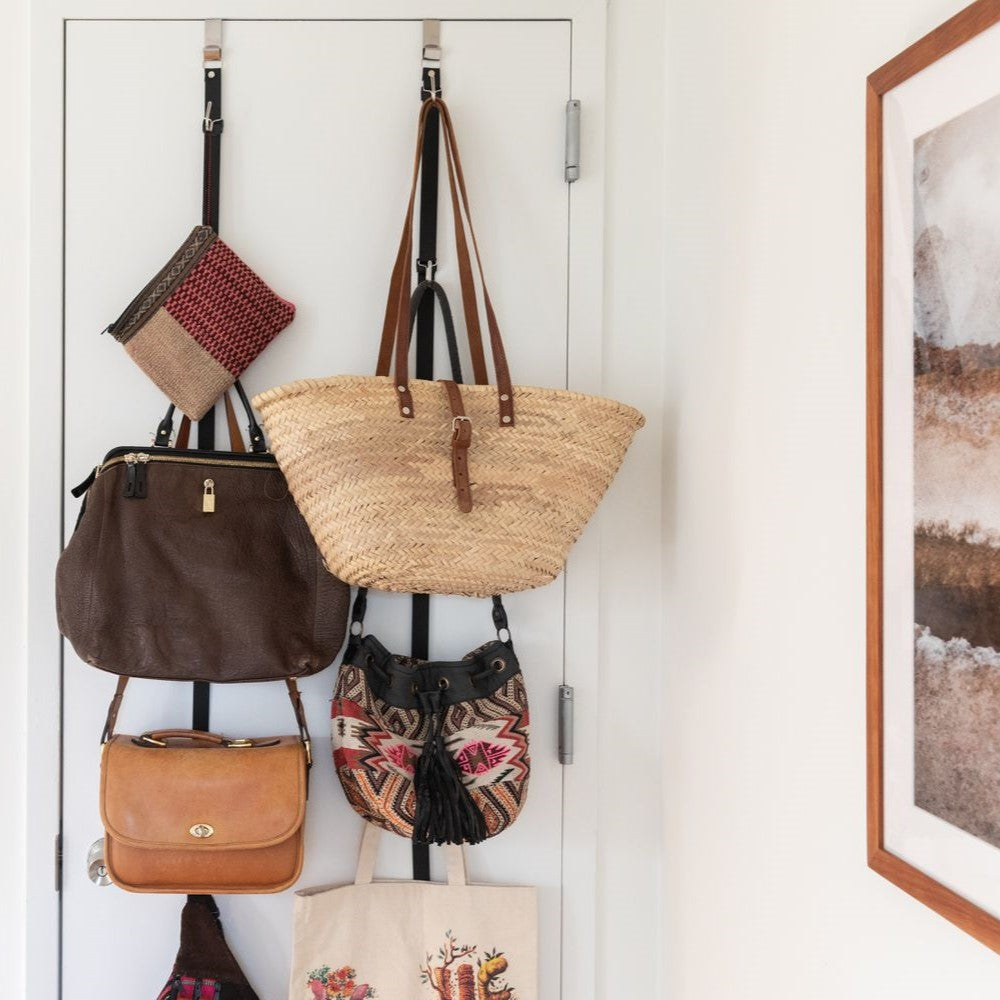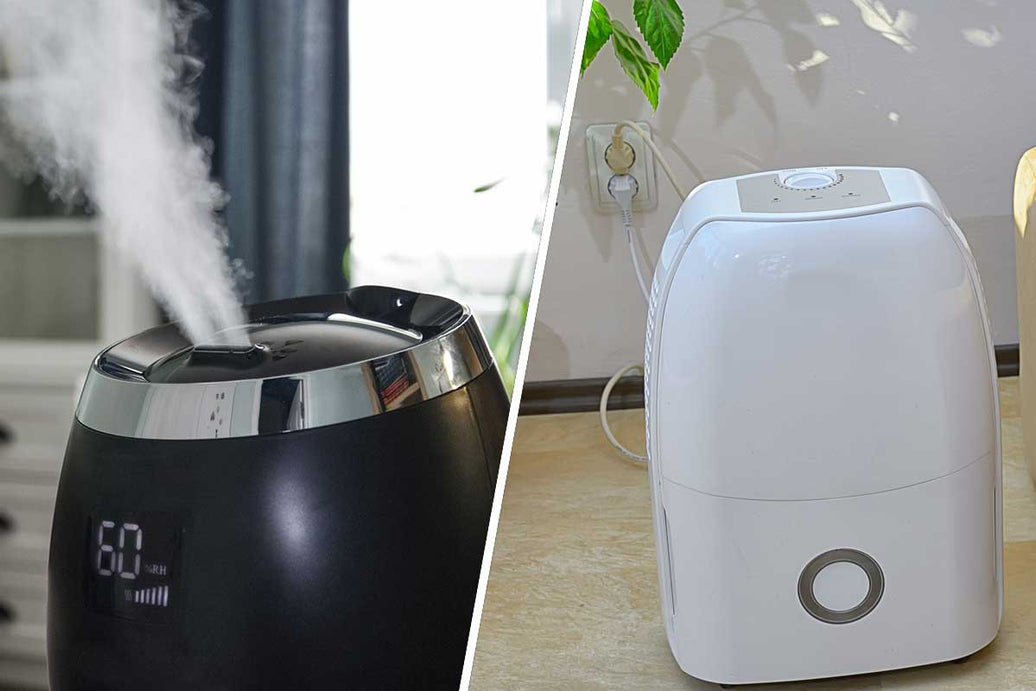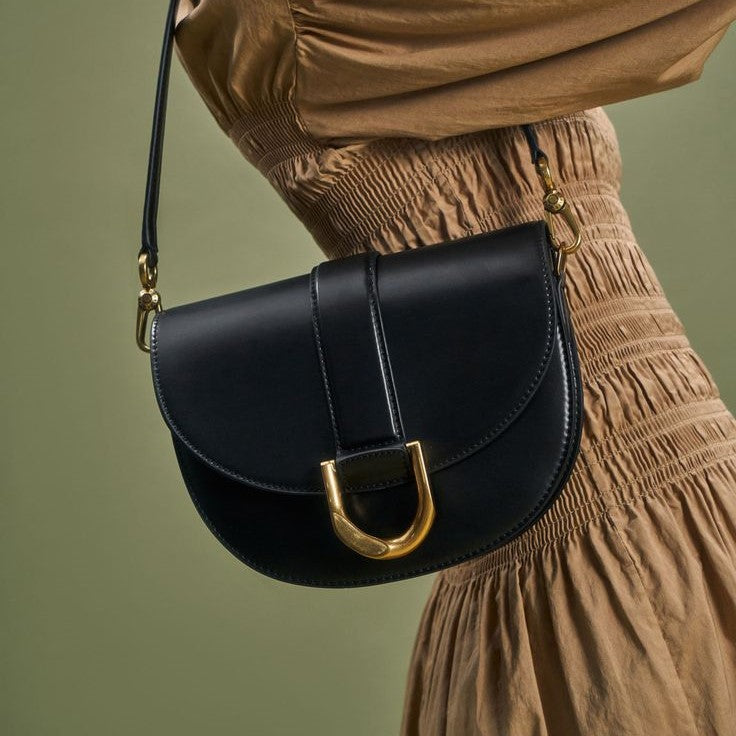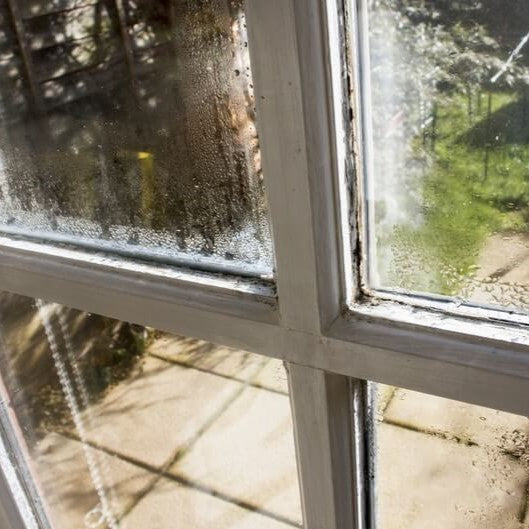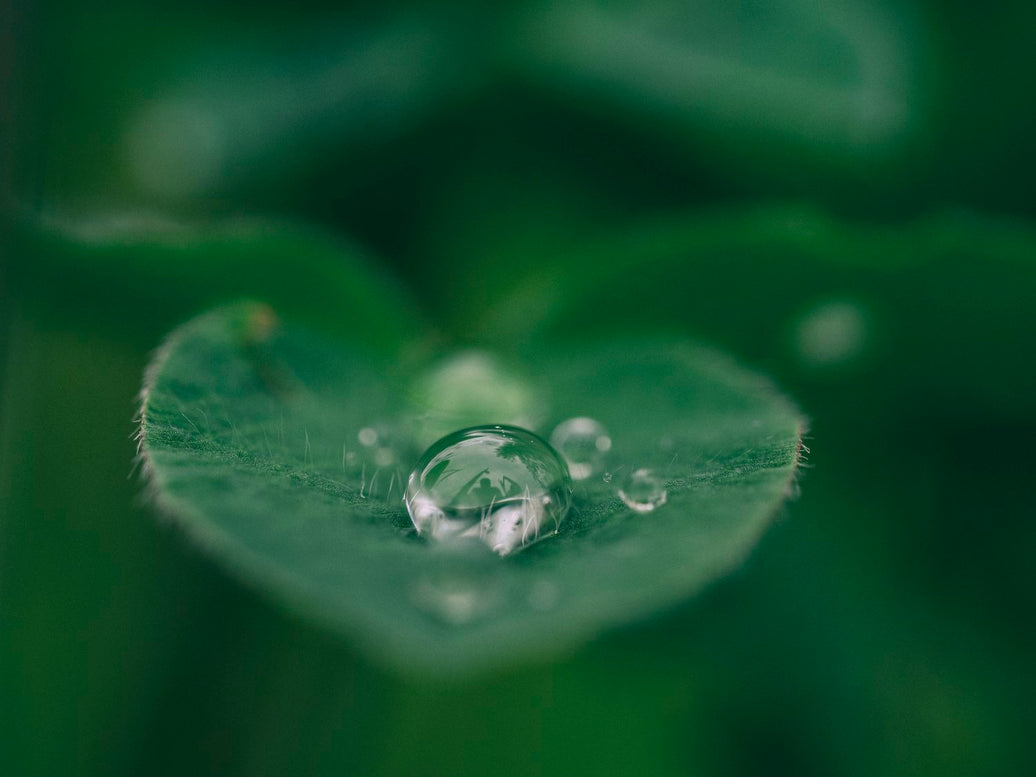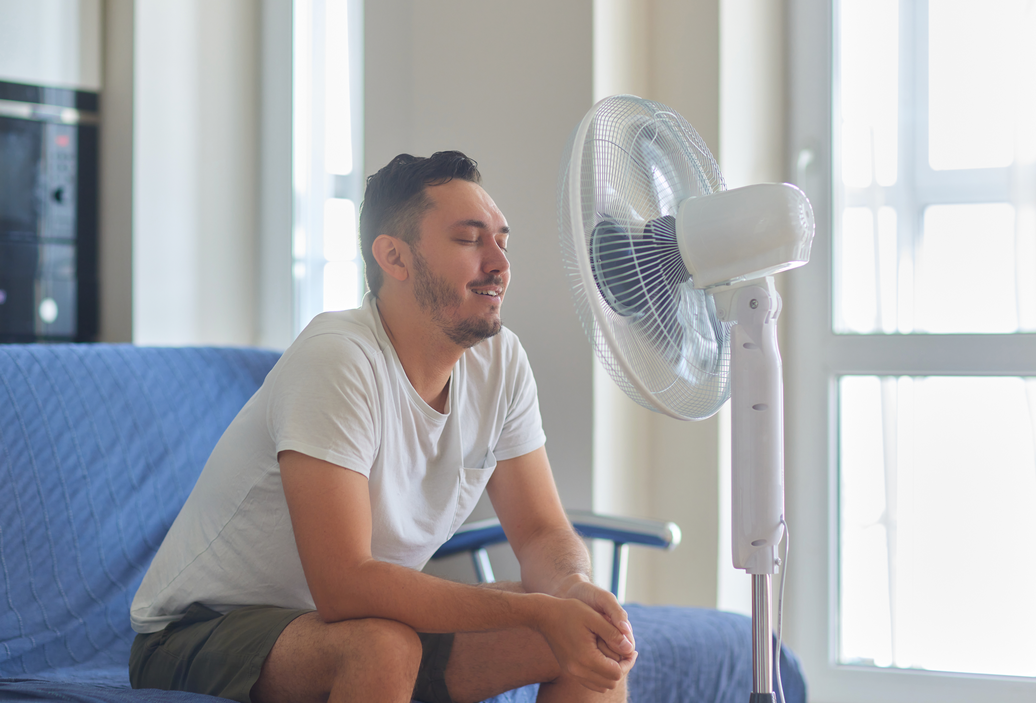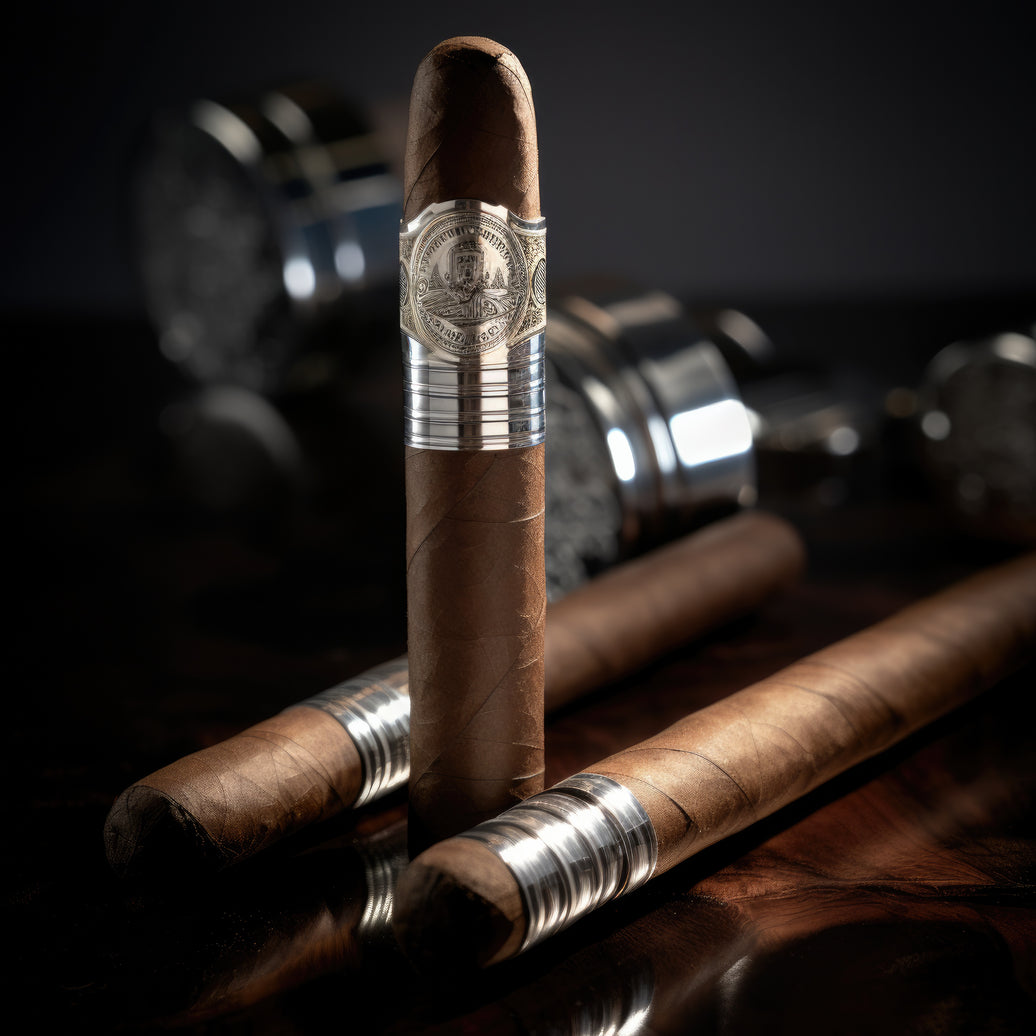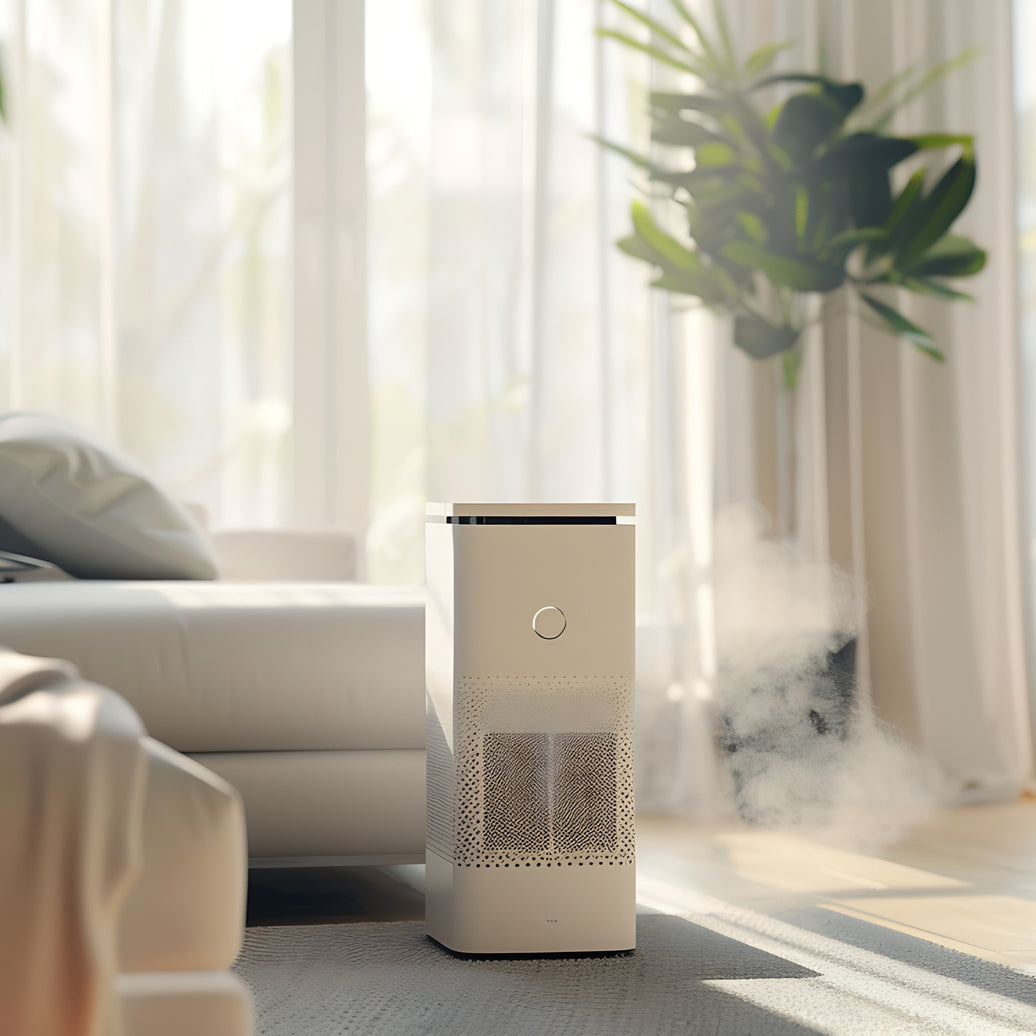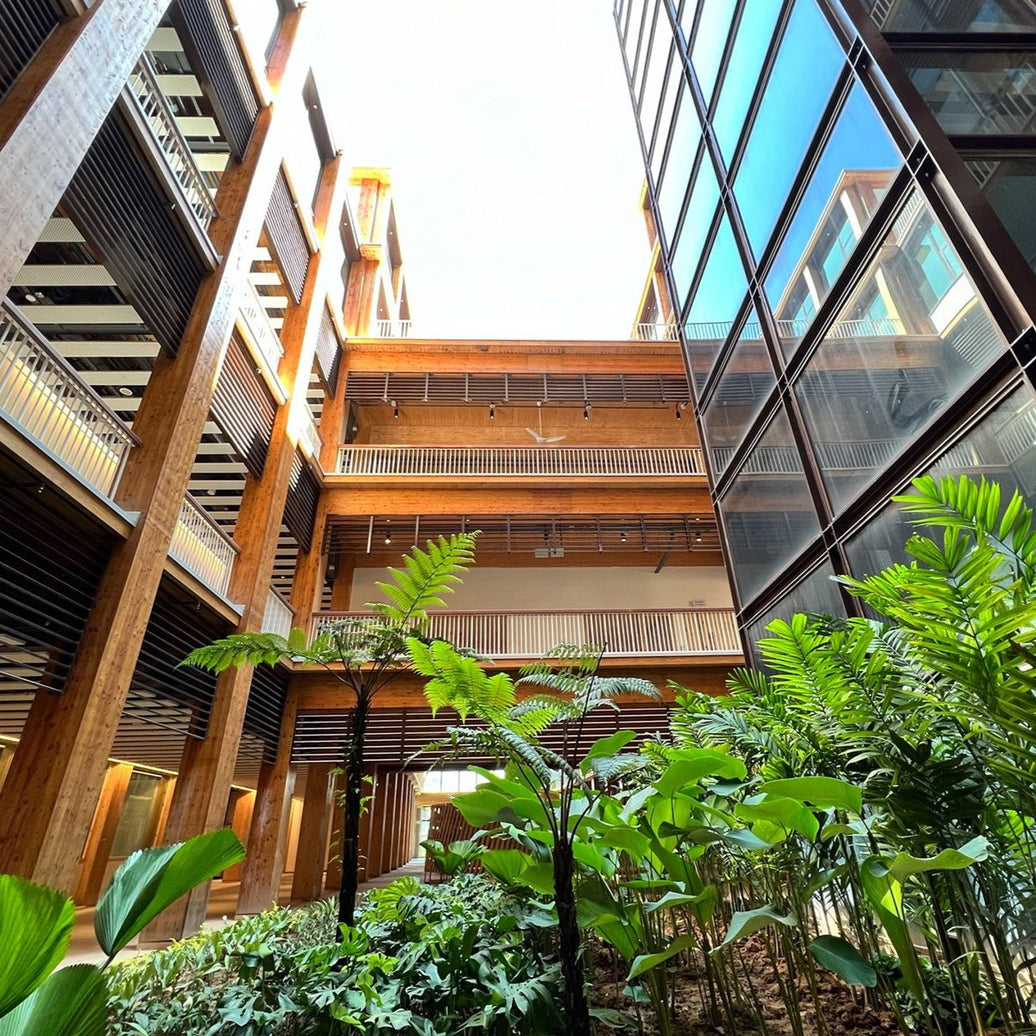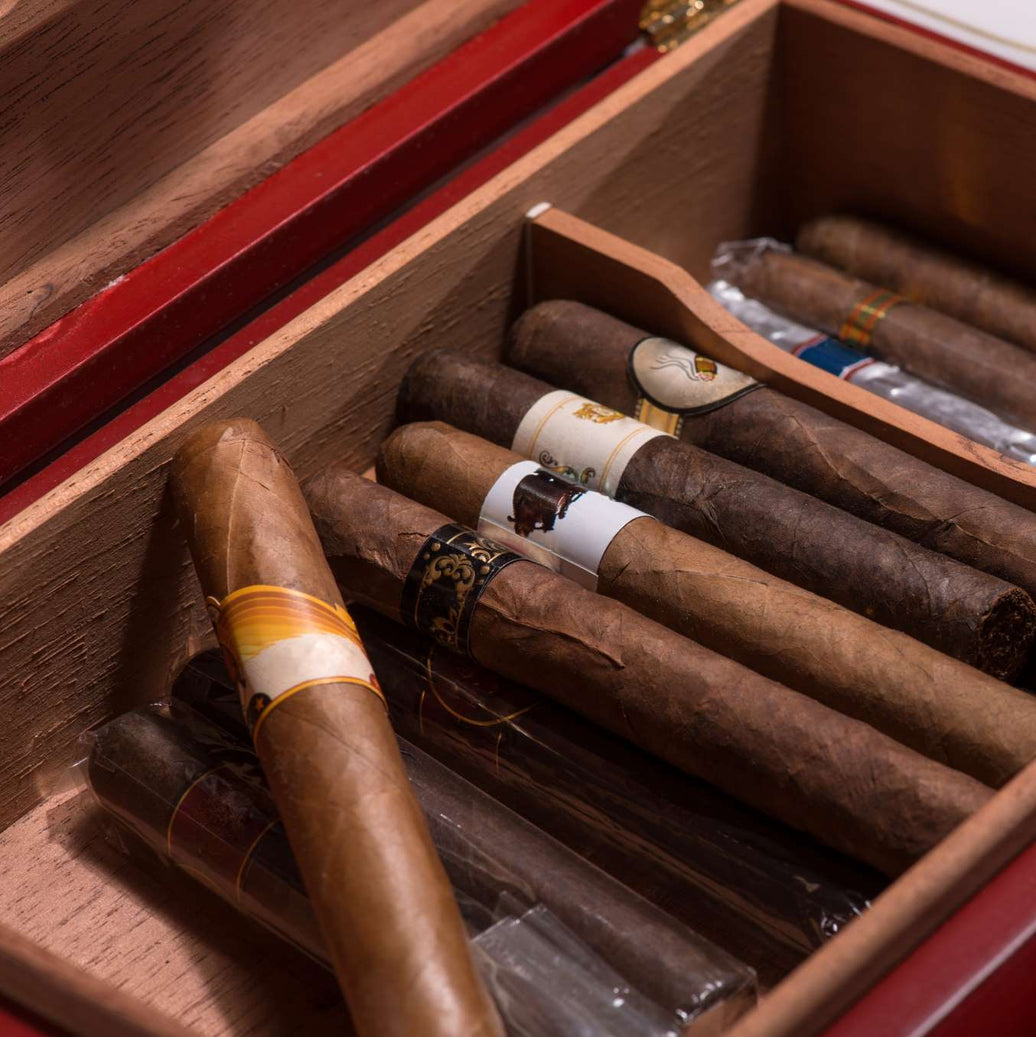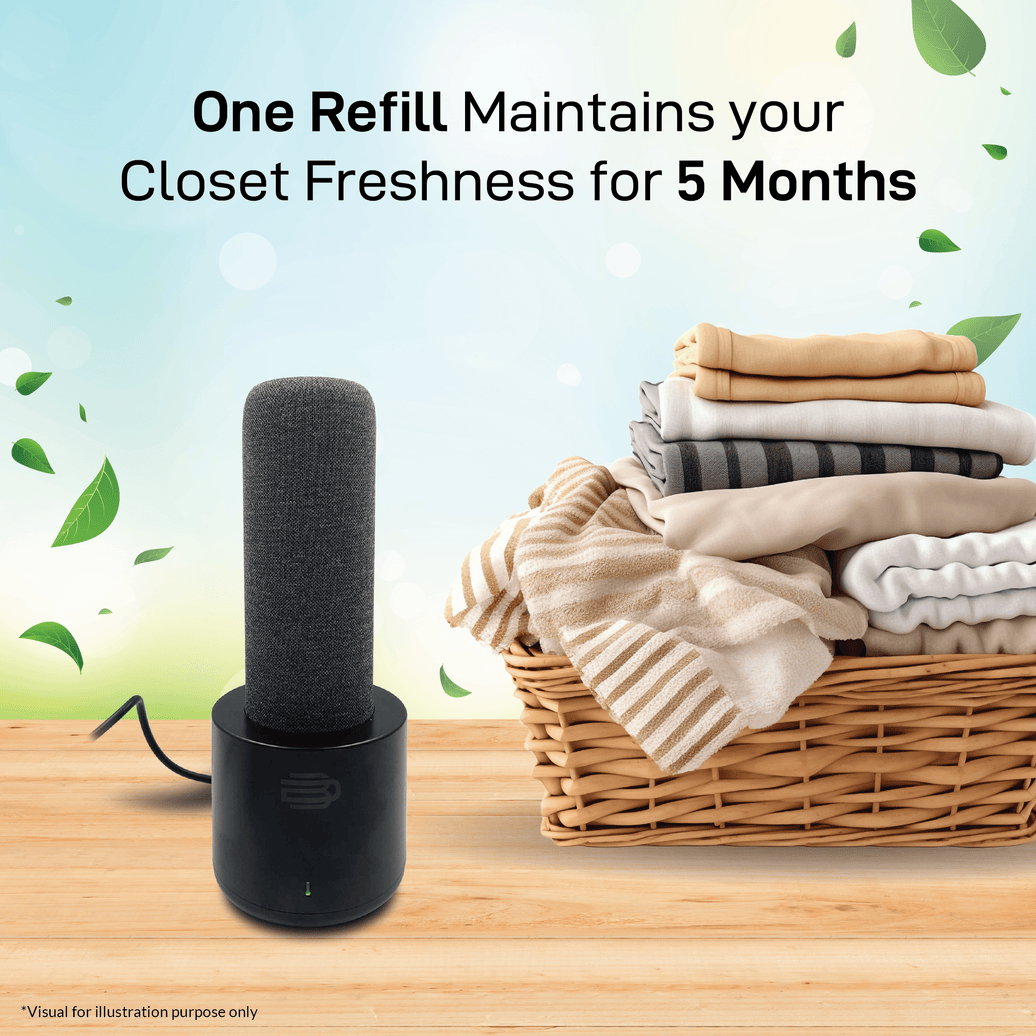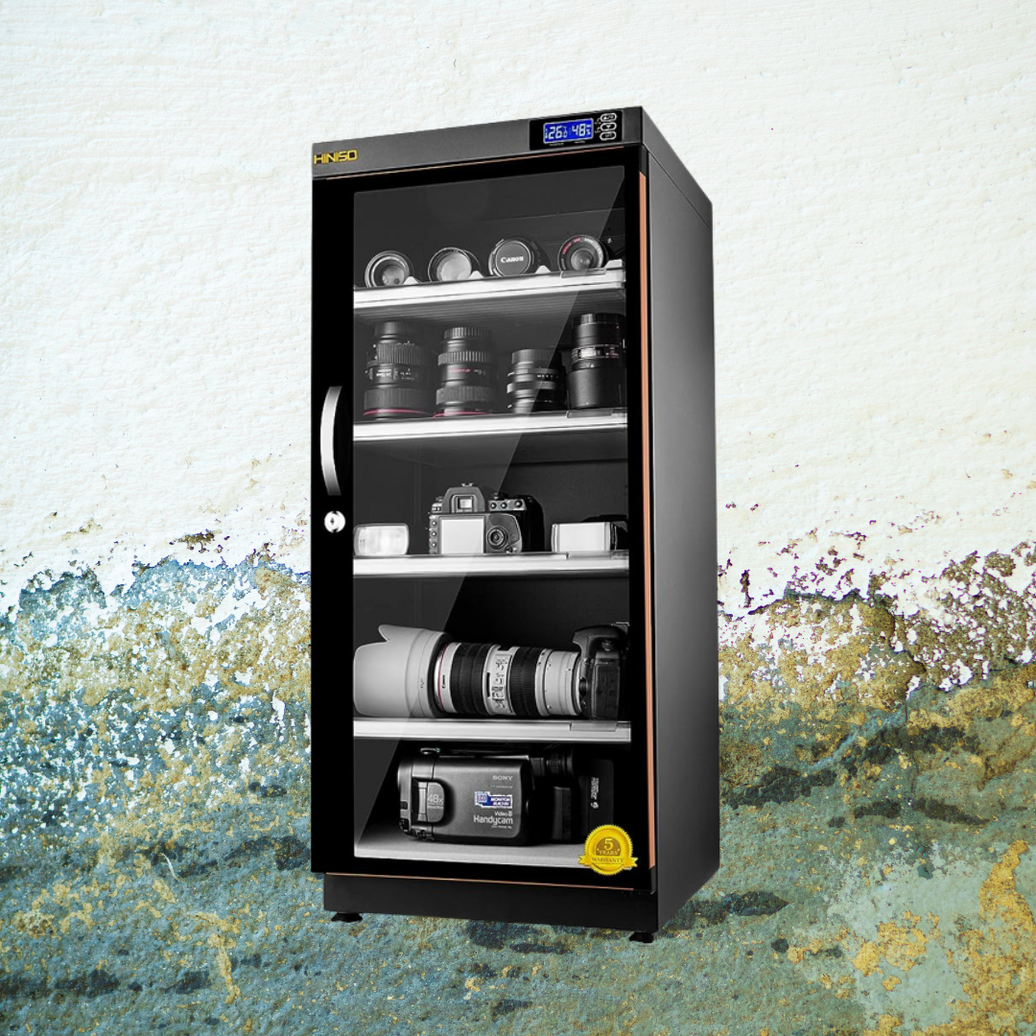As photographers, we're no strangers to the meticulous care our gear demands. From choosing the right lens to nailing that perfect shot, we understand the importance of precision. But have you ever considered the impact of relative humidity (RH) on your cameras and lenses? It's time to dive into the world of RH and how to ensure your photography equipment thrives in the perfect environment.
Understanding Relative Humidity (RH)
Before we get into the nitty-gritty, let's break down what RH actually means. RH is a measure of the moisture content in the air compared to the maximum amount the air can hold at a given temperature. For photographers, this translates to the amount of moisture surrounding our precious cameras and lenses.
The Goldilocks Zone: RH for Cameras and Lenses
So, what's the ideal RH range for your photography equipment? Think of it like Goldilocks – not too high, not too low, but just right.
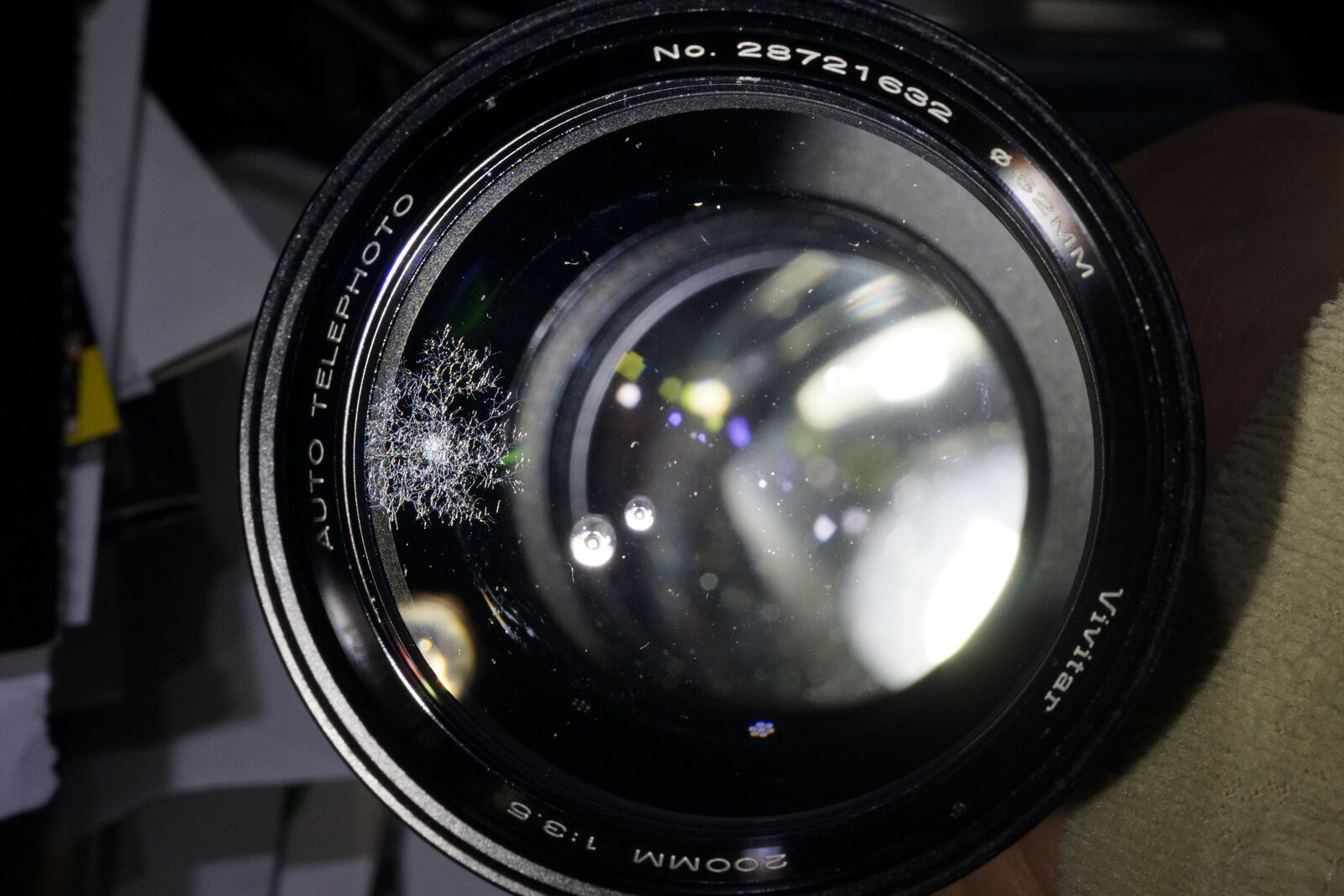
Too High RH (Above 60%):
Excessive moisture in the air can spell disaster for your gear. High RH levels can lead to fungus growth inside lenses, corrosion on metal parts, and even damage to electronic components. The last thing you want is your prized lens developing a case of "fuzzy fungus."
Too Low RH (Below 30%):
On the flip side, excessively dry conditions can also harm your equipment. Low RH can cause rubber seals to dry out and crack, leading to dust and moisture infiltration. It can also result in static electricity buildup, increasing the risk of sensor dust.
The Sweet Spot: 44-55% RH:
Now, let's talk about the sweet spot. Maintaining an RH level between 44% and 55% is generally considered ideal for camera and lens storage. This range strikes a balance, providing just enough moisture to prevent drying and cracking while minimizing the risk of fungus growth and corrosion.
Achieving the Perfect RH for Your Gear
Here are some practical steps to ensure your gear stays in the RH Goldilocks zone:
1. Invest in a Dry Cabinet (Best Option): A Camera Dry cabinets or Dry Box are specifically designed to regulate humidity levels. They offer a controlled environment for your gear, keeping RH within the recommended range.
2. Silica Gel Packs: Silica gel packs are moisture absorbers. Placing a few of these inside your camera bag or storage area can help maintain optimal RH.
3. Avoid Extreme Conditions: Store your gear away from extreme conditions like damp basements or hot attics. Opt for a cool, dry place.
4. Regular Maintenance: Periodically check your gear for signs of fungus or corrosion, especially if it's been in storage for a while. Prevention is always easier than cure.
Photography equipment is an investment, and like any investment, it deserves proper care. Understanding and maintaining the right RH levels is a fundamental part of this care. Keep your gear in the Goldilocks zone of 44-55% RH, and you'll ensure it's ready to capture those breathtaking moments for years to come. Happy shooting! 📷

